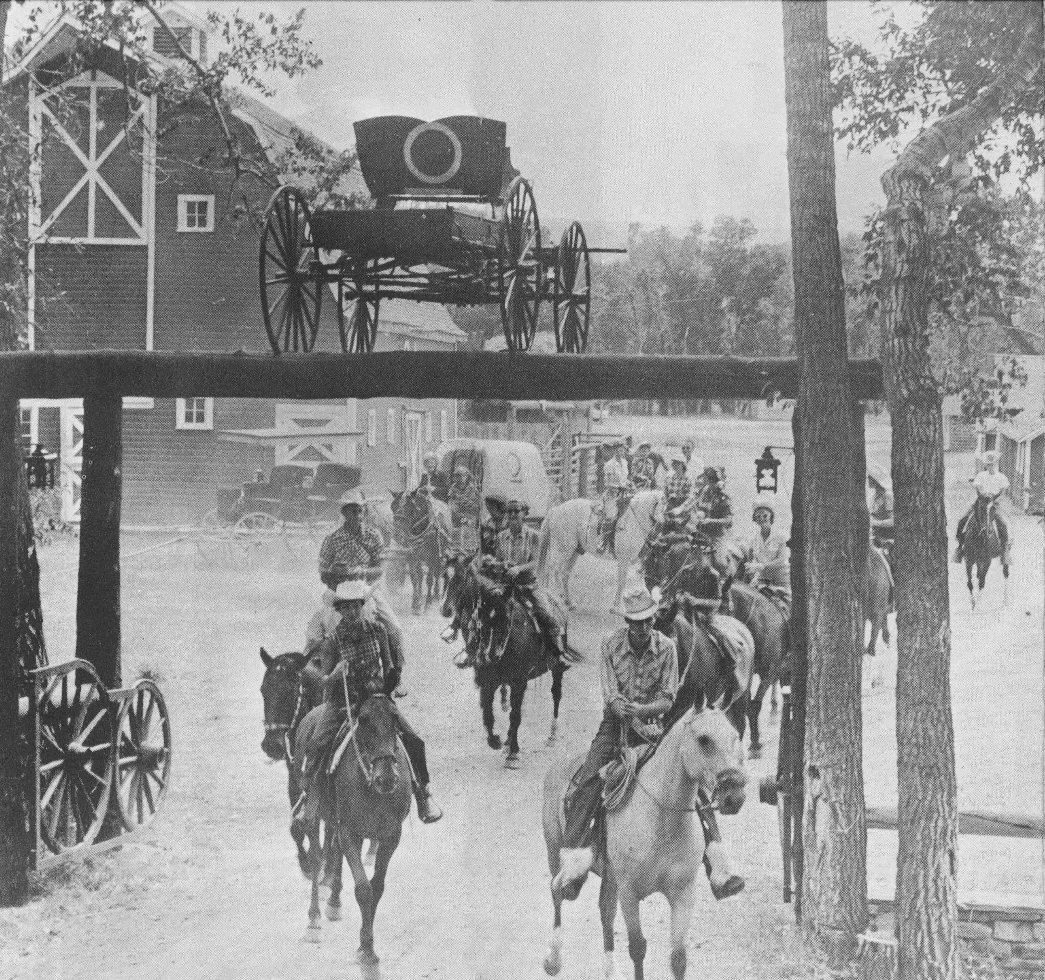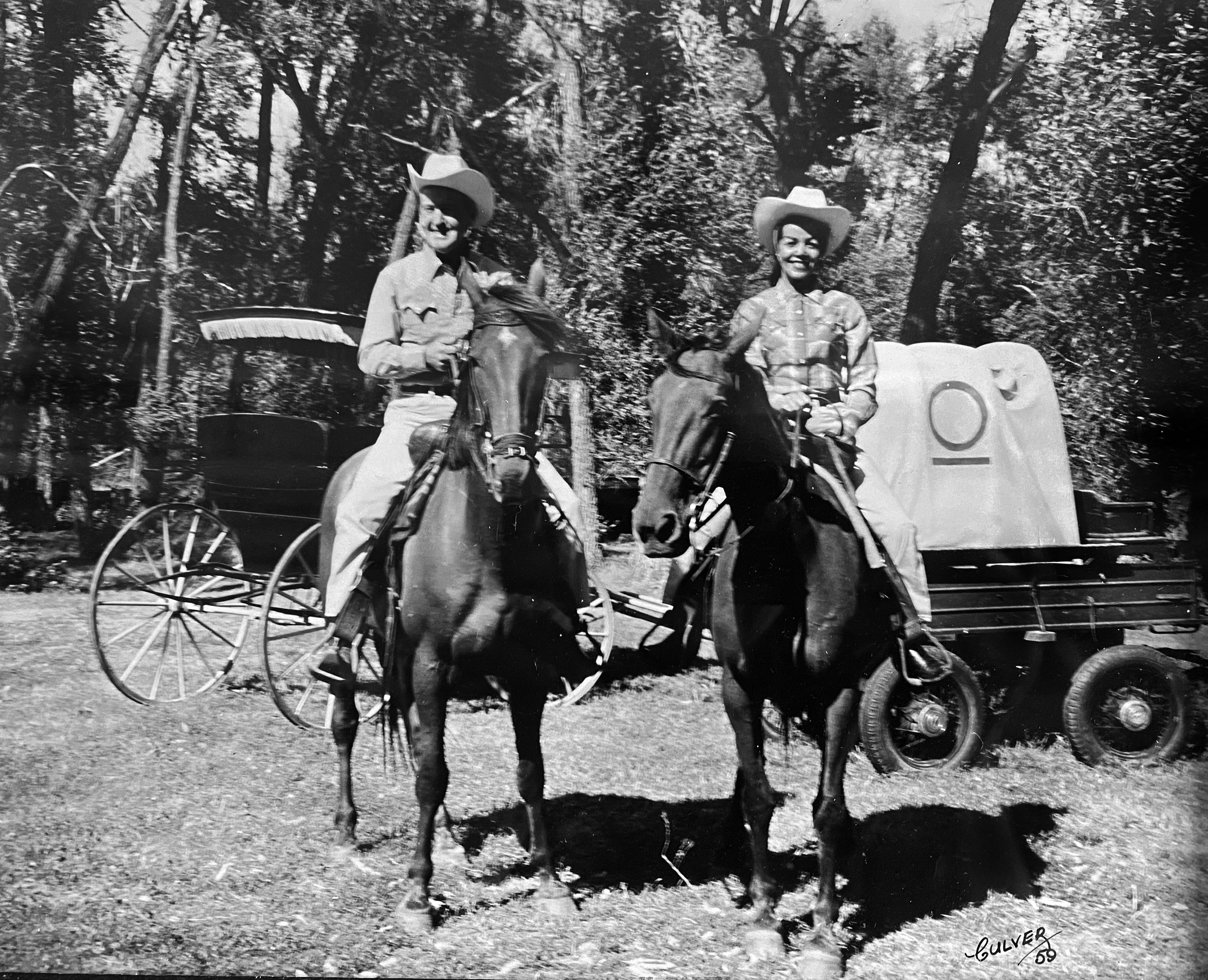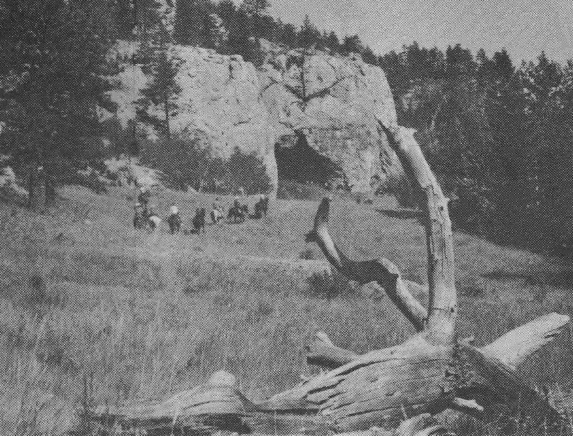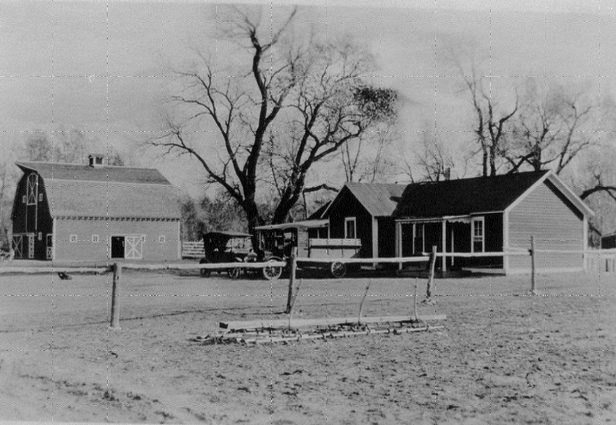
Ranch History
The Circle Bar Ranch was originally inhabited by the Blackfeet who used the area as a hunting ground. On the morning of May 29, 1805, explorers Meriwether Lewis and William Clark workedtheir way up the Missouri River and passed the mouth of a “handsome” river. Clark named the river the Judith, in honor of his future bride.
The Judith Basin prospered in the 1880s as cattle ranching became profitable and gold was discovered in Yogo Creek by prospector Jake Hoover. By the late 1800s, the U.S. claimed primary ownership of the area and settlers began staking out their claim on the land. One of the earliest land patents in the area was recorded by Hoover.
In 1880, at the age of 16, western artist Charles Marion Russell arrived at the Judith River Basin where he worked briefly as a sheepherder until he was taken in by Hoover, who also was a hunter and trapper in the area. He worked for Hoover for about two years, capturing his time in the Judith Basin in many of his works of art.
The ranch was divided and owned by different settlers until the late 1800s when Henry Doerr and other businessmen from Minnesota incorporated the land into the Middle Fork Cattle Company. Doerr was introduced to the area by a local hunter and guide named Bill Korell.
In 1899, the “upper ranch” called the Middle Fork was acquired by Doerr. This was followed with the acquisition of the “lower ranch” (presently where the main ranch buildings are located) for wintering cattle. It was named the S Lazy 4 Bar, which was one of the earliest brands in Montana. The land was used to buy, sell and raise cattle and horses. The ranch eventually developed into a hunting and recreation business and in the early 20th century the owners procured a hotel license, as they planned to serve meals and become a guest facility. It later became known as the Circle Bar Ranch.
Some of the original ranch structures from the S Lazy 4 Bar are still in use today including the main barn, which was constructed in 1902.
Bill and Ruth Korell, of the local Korell family, bought the Circle Bar and moved onto it in 1940. They had been living in nearby Utica where Bill’s family ran the mercantile store. They developed the ranch into a well-known, successful vacation spot attracting people from all over the world.
Branding cattle at the Circle Bar brought neighbors together for ranch work and some fun. Many a rocking barn dance was held in the top of the old barn. In 1978, the Korells sold their ranch to Jim and Ila Reighard, who ran the ranch for four years.
In 1982, the Hollatz family purchased the ranch and began some construction and improvements. The old main lodge of the ranch was one of the original log buildings on the place. With no foundation or insulation, it was charming, but not very practical. Phil Korell, son of the longtime owners, who had been raised on ranch was asked to help. He had been the architect and designer of several of the existing cabins on the ranch and agreed to take on the project of a new main lodge. Logs were cut and hauled from the mountain above the ranch. In 1984 the building was completed in time to host the Charles M. Russell Museum Board of Directors meetings. Bathrooms were added to some of the cabins and the old original owner’s log house was redesigned and renovated. A new recreation room with comfortable crew quarters replaced the old bunkhouse.
In the 2000s, the ranch closed to guests for over 10 years until it was purchased by Ranch Preservation Holdings in 2021. Circle Bar Ranch was reopened as a dude ranch in the True Ranch Collection on May 26, 2021.




Charles Marion Russell
THE COWBOY ARTIST
Russell came to Montana in 1880 to learn to be a cowboy — and that he did. But it was his passion to capture his experiences in paint, wax and ink that created the artistic legacy he passed onto the world.
His love of Montana and the life he observed shaped his art and his personal philosophy. His art is first and foremost that of a storyteller, and it was informed by his remarkable ability to capture the personalities and events of his time and place in the West. For this reason, Russell knew his subject matter intimately, setting the standard for many Western artists to follow.
The C.M. Russell Auto Tour uses Russell’s art to tell the story and history of the Judith Basin on an interactive driving tour that passes through the Circle Bar Ranch.
“A Quiet Day in Utica” — Charles Marion Russell, Public domain, via Wikimedia Commons


